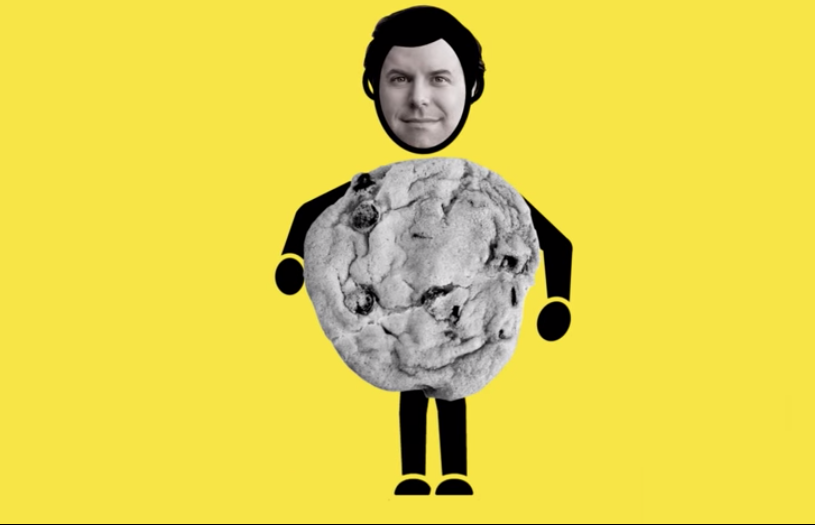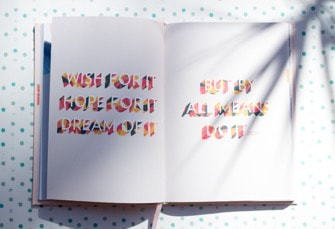Have your New Year resolutions turned to New Year blah blah blahs?!Reams of conflicting advice about why you MUST make new years resolutions to reach a 6 figure income, get a perfectly toned & svelte body, complete dry January etc. Then others shouting about why resolutions absolutely DON'T WORK. Some people advocate setting intentions not resolutions, some will advise us to make HUGE goals that are just out of reach and others would say to make sure our goals are achievable. We're encouraged to give up booze, become a vegan, lose weight, gain money etc. It's enough to make anyone stick their head in a bucket of ice cream and order a meat feast pizza with lashings of beer. But seriously what does all this say about us? To me, the blindingly obvious point is that we are all different!! There is no one size fits all – especially where behaviour change is involved, and when we boil all of this new year stuff down it comes to just that…. we want to change something that we DO. In this blog post, I hope to give you a bit of background into behaviour change & habit formation as well as giving you some options of how to make that change stick. Whether we make big goals or small ones, use milestones or accountability partners, one of the most important things to behaviour change is REPETITION! Put simply our brains want to make everything we do take up as little energy as possible. This is why certain actions become automatic – like driving a car. The first time we do something, it feels unnatural, takes conscious thought and often we forget how to do it. The more we do it, the easier it becomes until finally we drive all the way home and can't remember how we got there (or is that just me?!). The point is in order to make lasting changes to our behaviour we invariably need to repeat, repeat, repeat! In neuroscience terms we are creating a new neural pathway or changing our thought processes through neuroplasticity. In order for the behaviour to become automatic it needs to become a habit.
Here are 5 methods that work for me and my clients: 1. Vision board Having a visual representation of your goals for the year. This could include pictures & words or phrase that symbolise where you want to be, who you want to be, what you think life will be like once you have achieved your goal, what the journey will be like, how you will feel, who will be with you on the journey and what qualities you need to help you on your way. There are loads of different ways to achieve this – in a recent vision board workshop one of my clients did a vision vase sticking pictures onto different length sticks and placing in a vase. To keep the vision board with you all the time you could take a photograph of it and have it as your screen saver. 2. Accountability Some people need to have accountability in order to help them achieve their goals. It is one of the reasons many people come to coaching – your coach becomes a natural accountability partner. You could choose a friend/colleague/family member to be your accountability partner or you could just splash your intentions/resolutions/goals all over social media – I am using a mixture of all 3 this year for my goals!! 3. Reward system Setting up some kind of reward system really plays on your habit-forming psychology – one of the fundamentals of habit formation is that there is a reward for the behaviour. Charles Duhiggs video explains this in a video about, what he calls, the habit loop: Just make sure the reward is congruent with your resolution/goal! For example, using a chocolate bar to reward yourself when you have lost 2lbs is not really reinforcing the behaviour change you're after whereas having a candlelit bubble bath could be. This leads onto the next method. 4. Milestones By creating stepping stones towards your goal you are basically ensuring that you are a) tracking your progress – so often we don't give ourselves credit for how far we've come & therefore lose momentum b) tapping into our basic drive to achieve & the brain's reward system I talked about above and c) giving yourself an ideal opportunity to stop, reflect & make sure you are still heading in the direction you want to go. 5. Word of the year This one takes some time to think about. If you could sum up the changes, you want to make in your life over the coming year what one word would sum this up? Utilising this word is key to success here – how are you going to remember the word and all that it means to you? You could write about it in a journal every week asking yourself; how have my actions been in keeping with my word of the year this week? What can I do next week to stick closer to my intended behaviours? You could have a visual representation of your word of the year on your phone or journal or fridge door! These are just some examples of how to make your changes stick – the main thing is to TAKE ACTION!!
|
AUTHOR: ANNIE LEEAnnie is a coach, coach supervisor & coach adventurer! Warmth, depth & joy sum her approach up in a nutshell! CategoriesArchives
May 2024
|








 RSS Feed
RSS Feed
